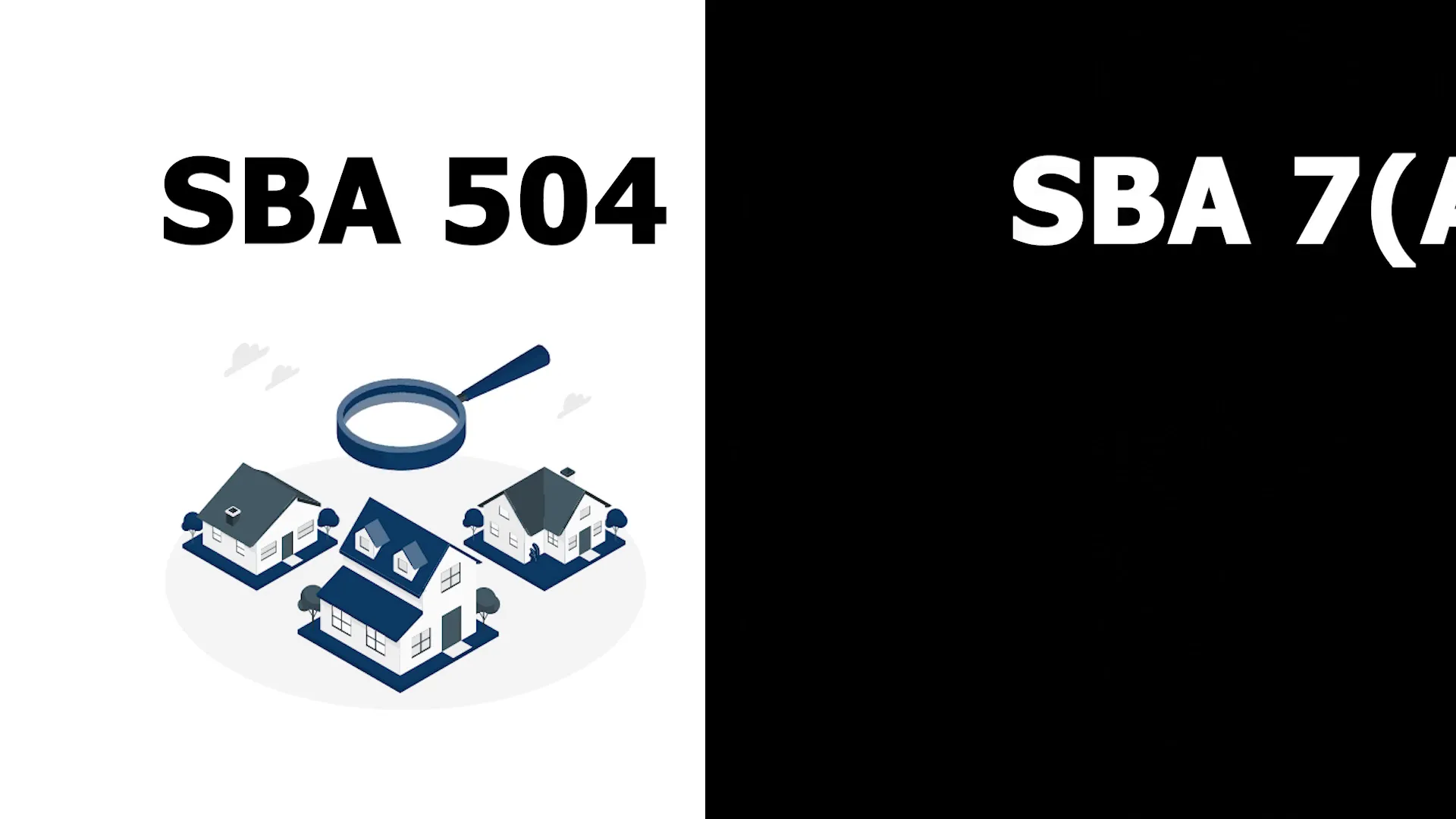When it comes to financing options for small businesses, the U.S. Small Business Administration (SBA) offers a variety of loan programs, including the SBA 504 and SBA 7(a) loans. Each serves unique purposes and has distinct requirements that can significantly impact your business acquisition strategies. If you’re considering purchasing a business like a dry cleaning and laundromat, it’s crucial to understand the differences between these two loan types to make informed financial decisions.
What Are SBA Loans?
SBA loans are government-backed loans designed to support small businesses in their growth and operational needs. They provide access to capital that might otherwise be unavailable through traditional lending channels. Two of the most popular SBA loan programs are the 504 loan and the 7(a) loan.
Overview of SBA 504 Loans
The SBA 504 loan program is specifically designed for financing fixed assets like real estate and equipment. It is ideal for businesses looking to acquire or improve properties. The structure of a 504 loan typically involves a tri-party arrangement: a bank, a Certified Development Company (CDC), and the borrower.
Key Features of SBA 504 Loans
- Loan Amount: Up to $5 million, with higher limits for specific projects.
- Down Payment: Generally around 10%, but this can increase based on the business's operational history.
- Term Length: 10, 20, or 25 years depending on the asset being financed.
- Interest Rate: Fixed interest rates pegged to U.S. Treasury bonds, providing stability.
- Use of Funds: Primarily for purchasing real estate, long-term machinery, and equipment.
Overview of SBA 7(a) Loans
The SBA 7(a) loan program is the most versatile SBA loan option, providing funds for various business purposes, including working capital, equipment purchases, and business acquisitions. It is suited for businesses that need flexibility in how they utilize the funds.
Key Features of SBA 7(a) Loans
- Loan Amount: Up to $5 million.
- Down Payment: Varies, often around 10% to 30% depending on the loan structure.
- Term Length: 10 years for working capital and equipment; up to 25 years for real estate.
- Interest Rate: Can be fixed or variable, based on the prime rate plus a lender spread.
- Use of Funds: Wide variety of uses, including working capital, refinancing debt, and purchasing real estate.
How to Structure Your Deal
When acquiring a business, especially one that includes real estate, structuring your financing deal is crucial. In the scenario where you're looking to buy a dry cleaning and laundromat with real estate valued at approximately $1 million and the business at around $500,000, you have a couple of options.
Using Both SBA 504 and 7(a) Loans
One effective strategy could involve using an SBA 504 loan for the real estate purchase and an SBA 7(a) loan to finance the business acquisition. Here’s how that could work:
- The SBA 504 loan can cover up to 85% of the real estate cost, allowing you to finance $850,000 of the $1 million property.
- The remaining $150,000 would be your down payment for the real estate.
- For the business acquisition, the SBA 7(a) loan can finance up to 90% of the purchase price, meaning you could secure around $450,000 for the business.
- Seller financing can also be an option to cover a portion of the down payment, making the deal even more flexible.

Creative Financing Options
Another approach could involve solely using the SBA 7(a) loan. This would allow you to evaluate the total purchase price of the business and real estate together, potentially simplifying the financing structure:
- In this case, you’d finance the combined total of $1.5 million through the 7(a) loan.
- The 7(a) loan would allow for flexible terms, including a 25-year amortization schedule, which could ease cash flow concerns.
Comparative Analysis: SBA 504 vs. 7(a)
Choosing between SBA 504 and 7(a) loans often depends on the specific needs of your business acquisition. Here’s a comparative analysis to help you decide:
Eligibility Requirements
Both loans have specific eligibility criteria that businesses must meet. SBA 504 loans tend to have stricter requirements related to job creation and public policy goals, while the 7(a) loans are more flexible, accommodating a broader range of businesses.
Use of Funds
The SBA 504 loan is strictly for fixed assets, while the 7(a) loan can be utilized for various purposes, including working capital, which can be advantageous for operational flexibility.
Loan Structure
504 loans involve a three-part structure, requiring collaboration between a bank, a CDC, and the borrower. In contrast, the 7(a) loan structure is simpler and can often be arranged through a single lender.
Term Lengths
Loan terms for 7(a) loans can vary widely, whereas 504 loans typically have longer terms for real estate financing. This can significantly impact your repayment strategy and cash flow management.
Fees and Costs
SBA 504 loans may incur additional fees due to the involvement of multiple lenders, while 7(a) loans generally have fewer associated costs. However, both options carry SBA guarantee fees that need to be considered in your budget.
Conclusion
Understanding the differences between SBA 504 and 7(a) loans is essential for any entrepreneur looking to acquire or expand a business. Whether you choose to pursue a combination of both loans or opt for just one, the key is thorough planning and structuring your financing in a way that aligns with your business goals.
If you're ready to take the next step in your business journey, consider scheduling a discovery call to explore your options further. You can find more information about financing strategies and business ownership at Book with Beau or join the Business Ownership Academy to delve deeper into SBA financing, creative business acquisition strategies, and more.
Remember, navigating the world of business financing can be complex, but with the right knowledge and support, you can make informed decisions that will lead to your business's success.
